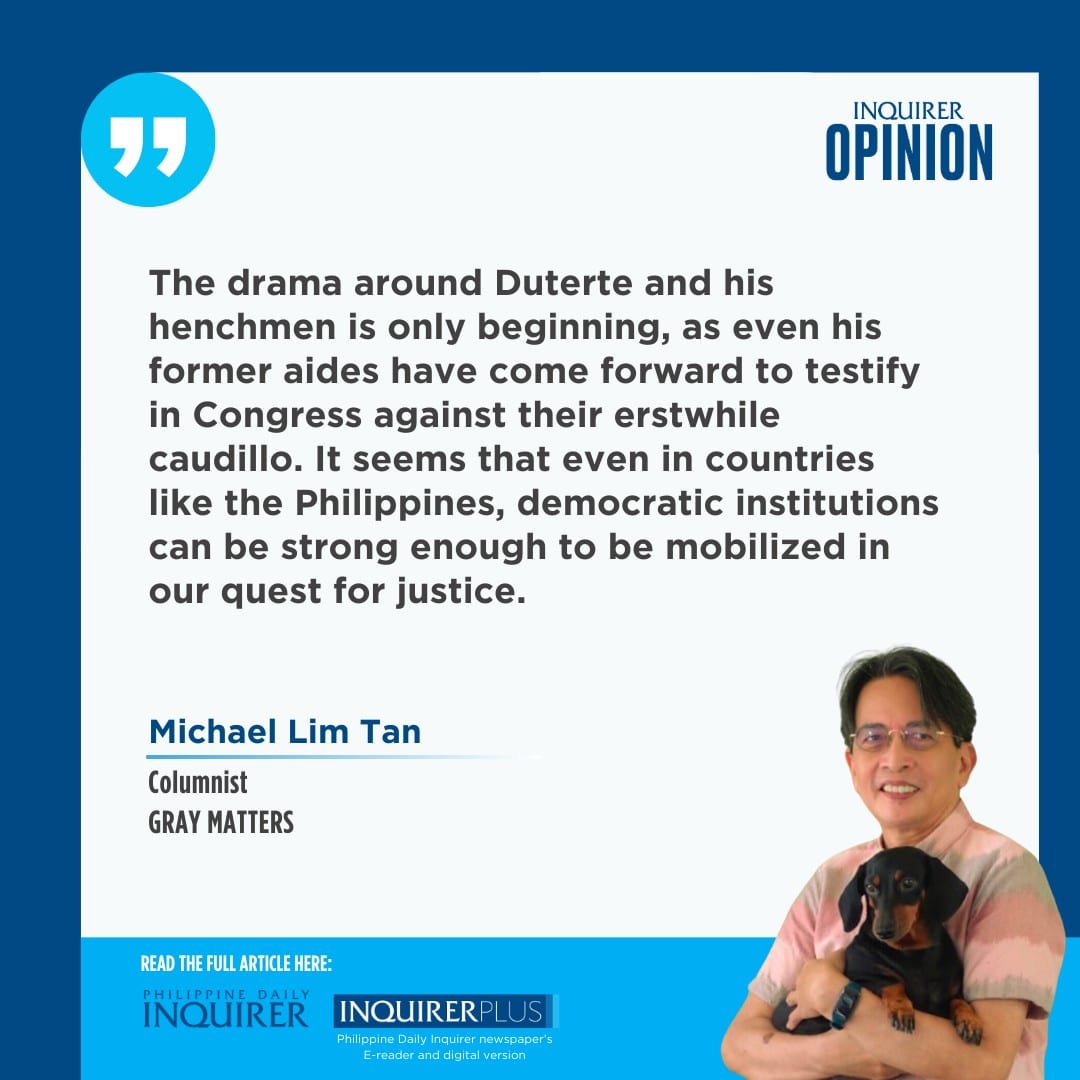Caudillos
The last 30 years or so have seen a “high tide” of populist leaders throughout the world, the most number in history of leaders elected by people who were convinced that these leaders would fight for their welfare by challenging existing elite parties and politicians.
These populists transcend ideologies. In the United States, we see the rise of far-right populism, exemplified by Donald Trump, who became president in 2017 and tried unsuccessfully to stay in power, as many populists do. He is running again this year and uses a right-wing platform that blames immigrants, women, environmentalists, LGBT+, among others, for the country’s problems.
Article continues after this advertisementThere are also left-wing populists, such as the “pink wave” of politicians elected into power in Latin America, for example Hugo Chavez and his successor Nicolas Maduro of Venezuela, and the Ortega-Murillo couple in Nicaragua, who came from the ranks of leaders of the left-wing revolutionary Sandinistas that ousted the Somoza family dynasty.
Not enough attention has been given to a particular variety of populism associated with Spanish and Portuguese colonialism. The term used for these leaders is “caudillo” in Spanish and “caudilho” in Portuguese who, in the 19th century, rose to power as leaders of independence movements that broke off from Spain and Portugal. These leaders became very powerful and then turned authoritarian themselves. Despite often cruel governance, they would retain popular support because the electorate wanted such macho strongmen.
Do we have a lethal mix in our Latin cultures that produces caudillismo? An authoritarian religion? Machismo? Militarism? Maybe, for the Philippines, our tribalism?
Article continues after this advertisementWe should not forget that our first president, Emilio Aguinaldo, declared himself dictator and head of a revolutionary government after declaring independence from Spain.
Fast forward to the 20th century where, during the 1970s, right-wing, US-sponsored dictatorships came into power ostensibly to counter threats from left-wing guerrilla movements. The most brutal was Augusto Pinochet in Chile, who seized power in a bloody coup in 1973. Argentina saw a Dirty War lasting from 1976 to 1983, as brutal as Chile’s. These dictatorships were not, technically, populist because they seized state power through coups, but their leaders did stay on in power in ways similar to the 19th-century caudillo.
Again, halfway across the world, we were not to be outdone in the Philippines, with Ferdinand Marcos Sr., who was duly elected into power in 1965, and reelected in very corrupt elections in 1969, and then, failing to get a constitutional amendment so he could run for a third term, declared martial law and stayed in power until 1986.
In recent years, the caudillo has returned in full force in the Philippines and Latin America, the electorate seduced by politicians promising law and order. We had Rodrigo Duterte and his bloody war on drugs (and now, it seems, other forms of state terrorism).
But note, too, that there seems to be a backlash against caudillos of the past, triggered by those who keep alive the opposition to them. One of the earliest cases was that of Francisco Franco, who plunged Spain into civil war in the 1930s and ruled, with his fascists, until his death in 1975. Franco was the first to use the title “caudillo.” Years after his death, the Franco cult is being dismantled, the most dramatic act being the transfer of his remains out of the much venerated cemetery Valley of the Fallen. (In the Philippines, we did the opposite with our caudillo.)
In Chile, numerous Pinochet military men have been convicted and imprisoned for committing human rights violations during the dictatorship. Pinochet managed to delay judicial proceedings and, in the end, was declared as suffering from vascular dementia and therefore unable to stand trial.
Most recently, Peru’s Alberto Fujimoro, a populist who revived his country’s ailing economy, also ruled with an iron fist. He was eventually ousted, tried, and sentenced to prison for various offenses including corruption. Released from prison in 2023, he died just this month.
The drama around Duterte and his henchmen is only beginning, as even his former aides have come forward to testify in Congress against their erstwhile caudillo. It seems that even in countries like the Philippines, democratic institutions can be strong enough to be mobilized in our quest for justice.
But we also see examples of some caudillos of the past comfortably living beyond the reach of the law to a ripe old age, and perpetuating themselves through dynasties. There’s a film still running on Netflix, “El Conde” (The Count) depicting Pinochet as a 250-year-old vampire living in semi-exile and, weary of being called a thief, actually wishes to die.
—————-
mtan@inquirer.com.ph

















